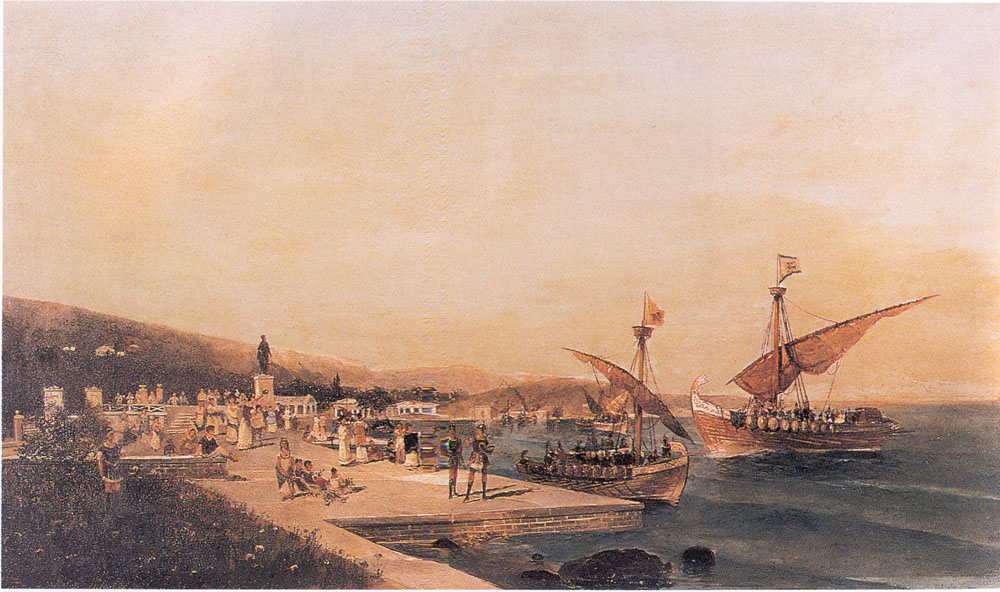|
Ioannis Argyris
Johann Hadji Argyris Fellow of the Royal Society, FRS (Greek alphabet, Greek: Ιωάννης Χατζι Αργύρης; 19 August 1913 – 2 April 2004) was a Greek pioneer of computer applications in science and engineering,Hughes TJR, J. Tinsley Oden, Oden JT, and Papadrakakis M (2011) ''John H Argyris'', Memorial Tributes: National Academy of Engineering, 15, 24–31. among the creators of the finite element method (FEM), and lately Professor at the University of Stuttgart and Director of the Institute of Structural Mechanics and Dynamics in Aerospace Engineering. Education He was born in Volos, Greece but the family moved to Athens where he was educated in the Classical Gymnasium. He studied civil engineering for four years in the National Technical University of Athens and then in the Technical University Munich, receiving his Engineering Diploma in 1936. Following his escape from Nazi Germany he completed his Doctorate at ETH Zurich in 1942. Career His first job was at t ... [...More Info...] [...Related Items...] OR: [Wikipedia] [Google] [Baidu] |
Volos
Volos ( el, Βόλος ) is a coastal port city in Thessaly situated midway on the Greek mainland, about north of Athens and south of Thessaloniki. It is the sixth most populous city of Greece, and the capital of the Magnesia regional unit of the Thessaly Region. Volos is also the only outlet to the sea from Thessaly, the country's largest agricultural region. With a population of 144,449 (2011), the city is an important industrial centre, and its port provides a bridge between Europe and Asia. Volos is the newest of the Greek port cities, with a large proportion of modern buildings erected following catastrophic earthquakes in 1955. It includes the municipal units of Volos, Nea Ionia and Iolkos, as well as smaller suburban communities. The economy of the city is based on manufacturing, trade, services and tourism. Home to the University of Thessaly, the city also offers facilities for conferences, exhibitions and major sporting, cultural and scientific events. Volos parti ... [...More Info...] [...Related Items...] OR: [Wikipedia] [Google] [Baidu] |
Olgierd Zienkiewicz
Olgierd Cecil Zienkiewicz (18 May 1921 – 2 January 2009) was a British academic of Polish descent, mathematician, and civil engineer. He was born in Caterham, England. He was one of the early pioneers of the finite element method. Since his first paper in 1947 dealing with numerical approximation to the stress analysis of dams, he published nearly 600 papers and wrote or edited more than 25 books.Swansea UniversityAwards news Early education His school education took place in Poland, where his father was a judge of the Katowice district. He and his family moved to the UK due to World War II. Zienkiewicz studied in the early 1940s at Imperial College London for an undergraduate BSc (Hons) degree in civil engineering which he obtained in 1943 with first class honours. Then, after being offered a scholarship, he stayed for two more years at Imperial College to carry out research on dams under the supervision of Professors Alfred Pippard and Sir Richard V. Southwell. He wa ... [...More Info...] [...Related Items...] OR: [Wikipedia] [Google] [Baidu] |
Aerospace Engineers
Aerospace engineering is the primary field of engineering concerned with the development of aircraft and spacecraft. It has two major and overlapping branches: aeronautical engineering and astronautical engineering. Avionics engineering is similar, but deals with the electronics side of aerospace engineering. "Aeronautical engineering" was the original term for the field. As flight technology advanced to include vehicles operating in outer space, the broader term "aerospace engineering" has come into use. Aerospace engineering, particularly the astronautics branch, is often colloquially referred to as "rocket science". Overview Flight vehicles are subjected to demanding conditions such as those caused by changes in atmospheric pressure and temperature, with structural loads applied upon vehicle components. Consequently, they are usually the products of various technological and engineering disciplines including aerodynamics, Air propulsion, avionics, materials science, stru ... [...More Info...] [...Related Items...] OR: [Wikipedia] [Google] [Baidu] |

